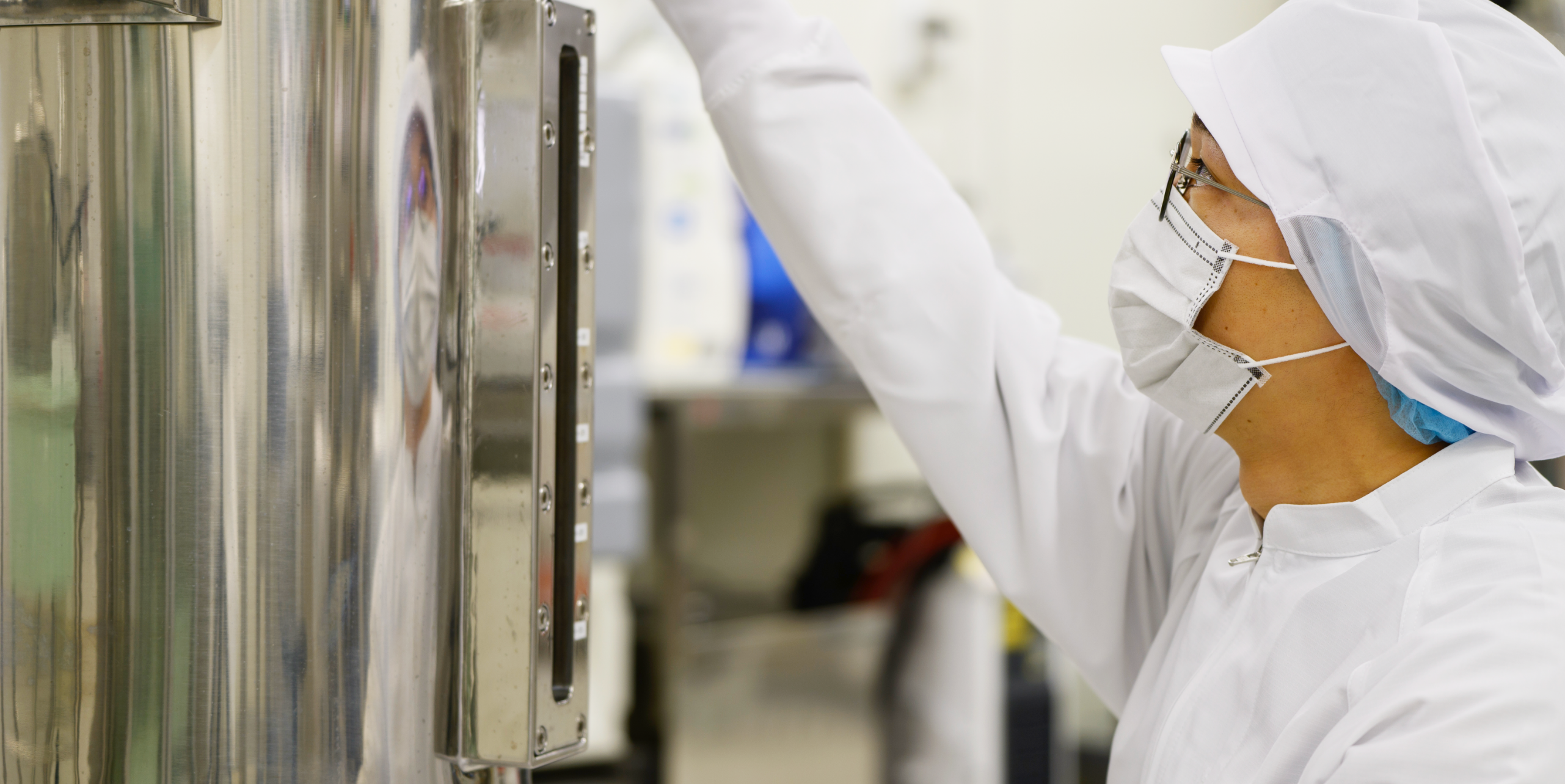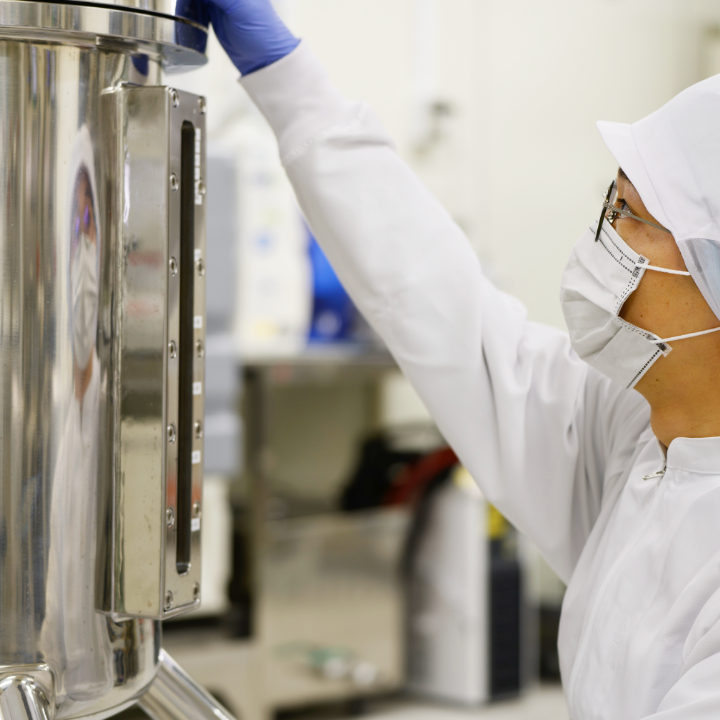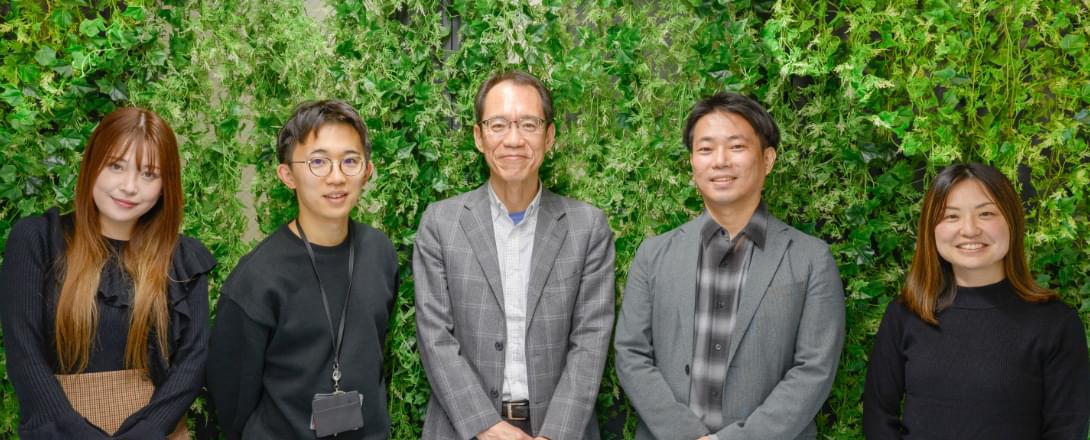ABOUT US
-
Vision
Universally Accessible Cellular Agriculture
-
Mission
Democratization of Cellular Agriculture
-
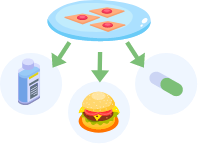
Cellular agriculture produces agricultural products, using cell culture methods instead of live animals.
-

Cells grow in bioreactors, feeding on culture media
“Cellular agriculture” addresses climate change and food security, which translate to supply chain stability and managing rising food prices.
We offer the infrastructure to solve the grand challenges.
SERVICE
-
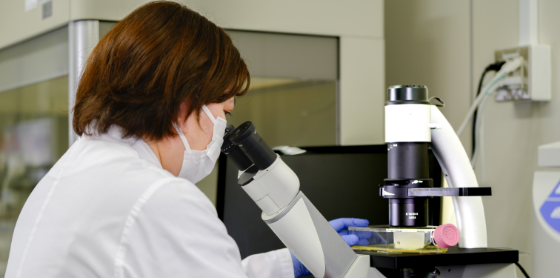

Become a leading supplier for cellular agriculture
An open innovation community to build the supply chain of critical components -


Get access to the supplies to become a leader in cellular agriculture
Marketplace for materials and equipment relevant for cellular agriculture -


Scale your cellular agriculture projects
Contract-based collaborative R&D for novel cellular agriculture products and commercial scaling -


Add ethical and sustainable cosmetics and nutraceuticals to your product lineup
Comprehensive support from product formulation to commercialization
PRODUCTS
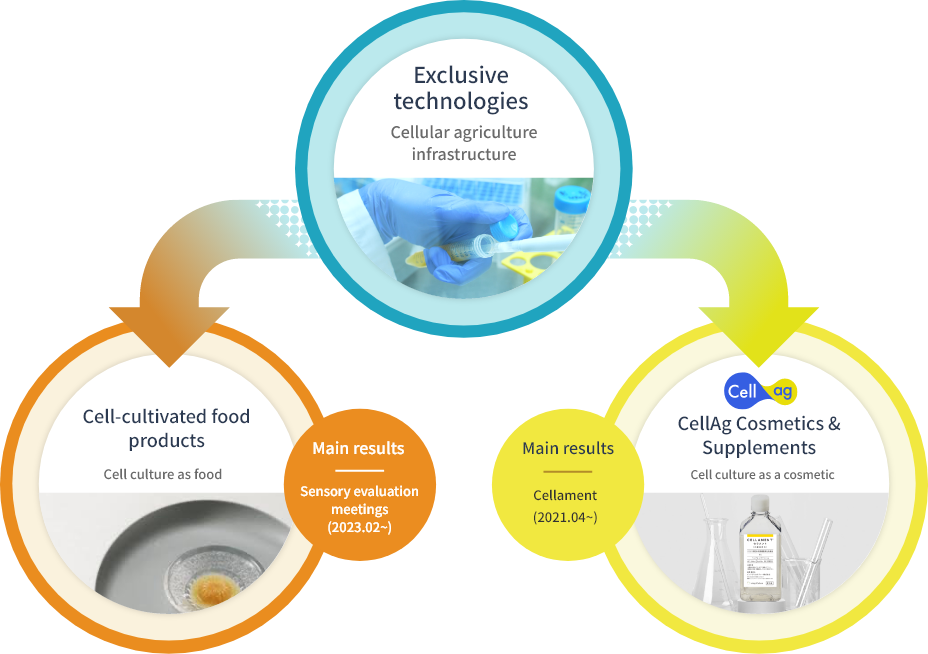
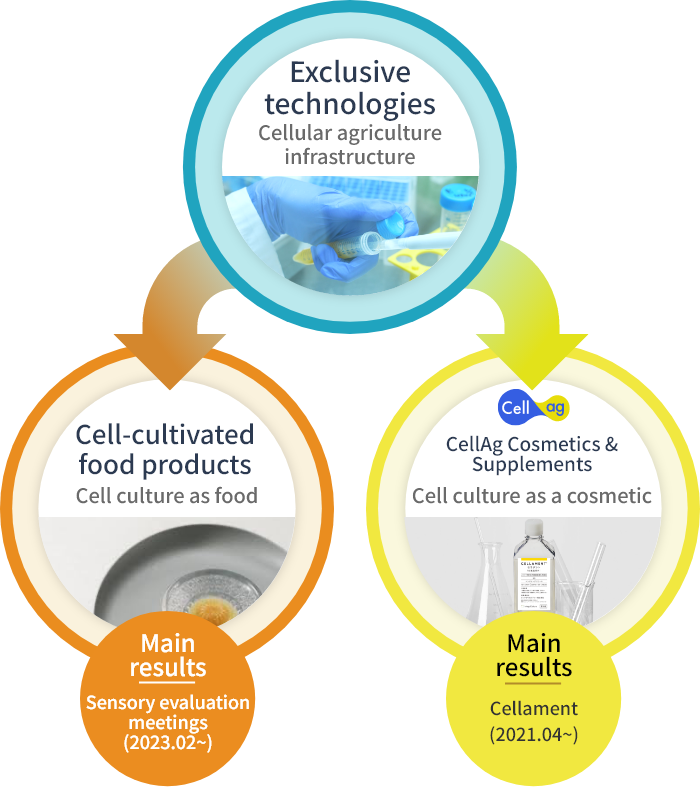
NEWS
- ALL
- RESEARCH
- BUSSINESS
- CORPORATE
-
 BUSINESS
BUSINESSIntegriculture to Speak at “GATEWAY TECH” Held at Takanawa Gateway– CEO to Speak at Thematic Session [Healthcare] –
-
 NEWS RELEASE
NEWS RELEASEIntegriculture to Exhibit at “SusHi Tech Tokyo 2025”– Showcasing Cultivated Food Products for the First Time and Introducing Regional Revitalization Initiatives –
-
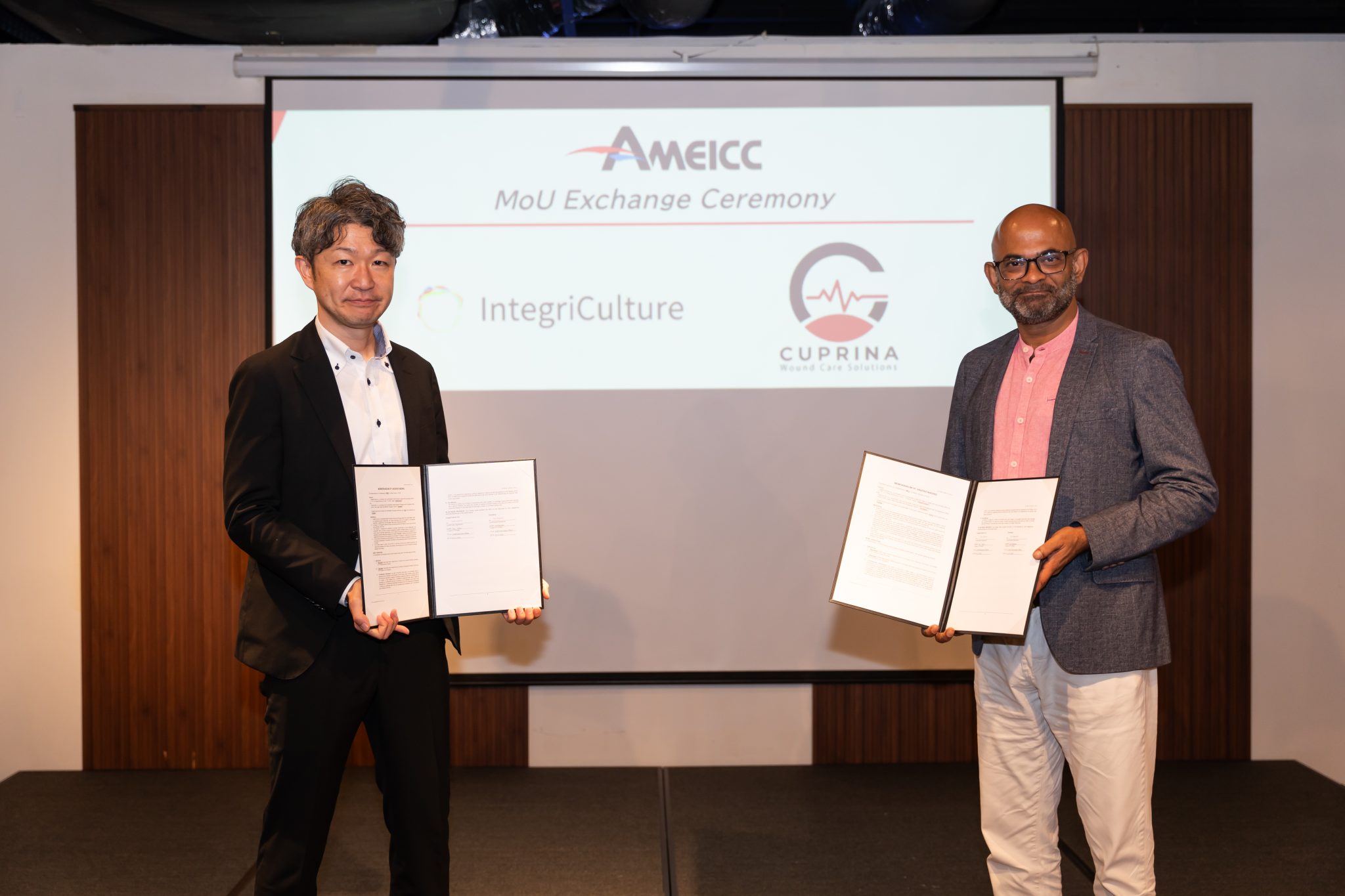 NEWS RELEASE
NEWS RELEASEMoU signed with CUPRINA, a company developing amphibian-derived collagen materials for skin-related applications
-
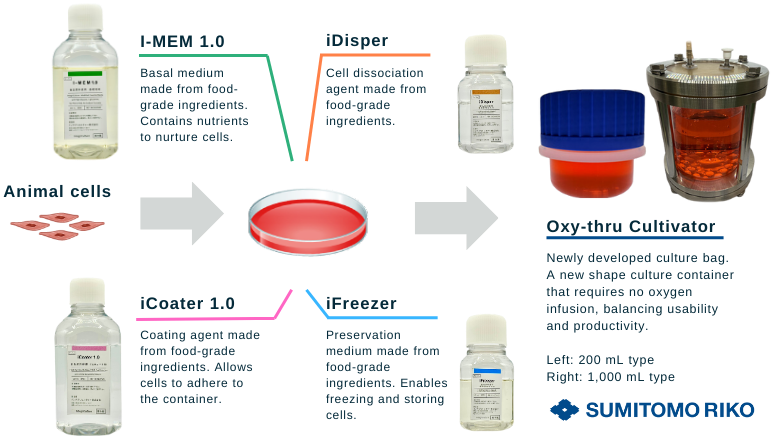 NEWS RELEASE
NEWS RELEASEA “cellular agriculture starter-kit”, featuring an oxygen-permeable autoclavable “soft bioreactor”, to launch on the Ocatte Base B2B cellular agriculture marketplace
-
 NEWS RELEASE
NEWS RELEASEProgress on supply chain development – IntegriCulture Inc. announces 5 CulNet Consortium projects
-
 NEWS RELEASE
NEWS RELEASENotice of Office Floor Relocation
-
 RESEARCH
RESEARCHIntegriCulture produces the world’s first cell-cultured foie gras without any serum or growth factor- After a sensory evaluation meeting with chefs in late February, the company aims to scale production by the end of 2023
-
 RESEARCH
RESEARCHIntegriCulture to conduct LCA for cultured meat produced via its proprietary CulNet system – Project executed in partnership with The University of Shiga Prefecture and AIZOTH
-
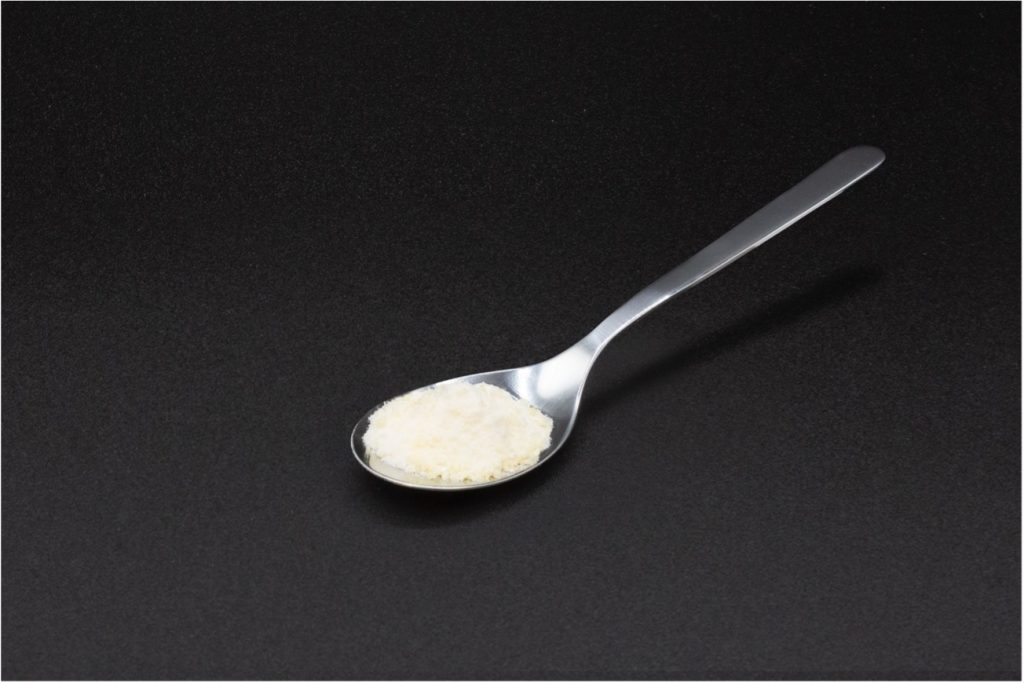 RESEARCH
RESEARCHIntegriCulture starts accepting the order of all-food-grade basal medium worldwide
-
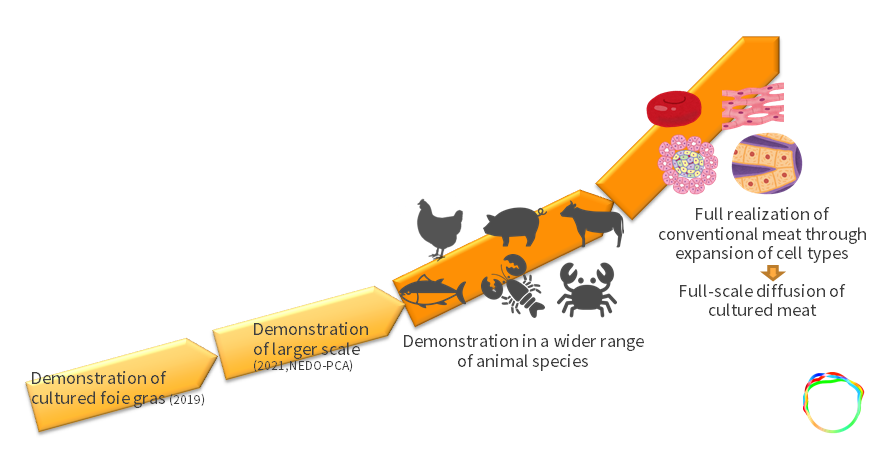 RESEARCH
RESEARCHIntegriCulture to Accelerate Cultivated Meat Commercialization Capability with Proprietary Cell Agriculture System, Supported by Japanese Authority Grant
-
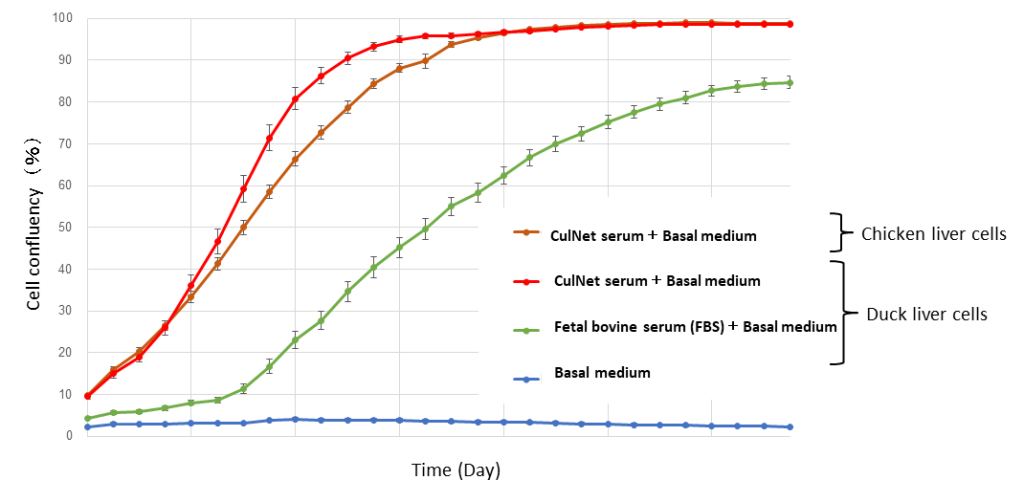 RESEARCH
RESEARCHCommercial launch of food grade basal medium -Serum-free culture of chicken and duck liver-derived cells by CulNet –
-
 RESEARCH
RESEARCHIntegriCulture Inc., launches “Uni-CulNet” framework, a standardized cellular agriculture infrastructure
-
 BUSINESS
BUSINESSIntegriculture to Speak at “GATEWAY TECH” Held at Takanawa Gateway– CEO to Speak at Thematic Session [Healthcare] –
-
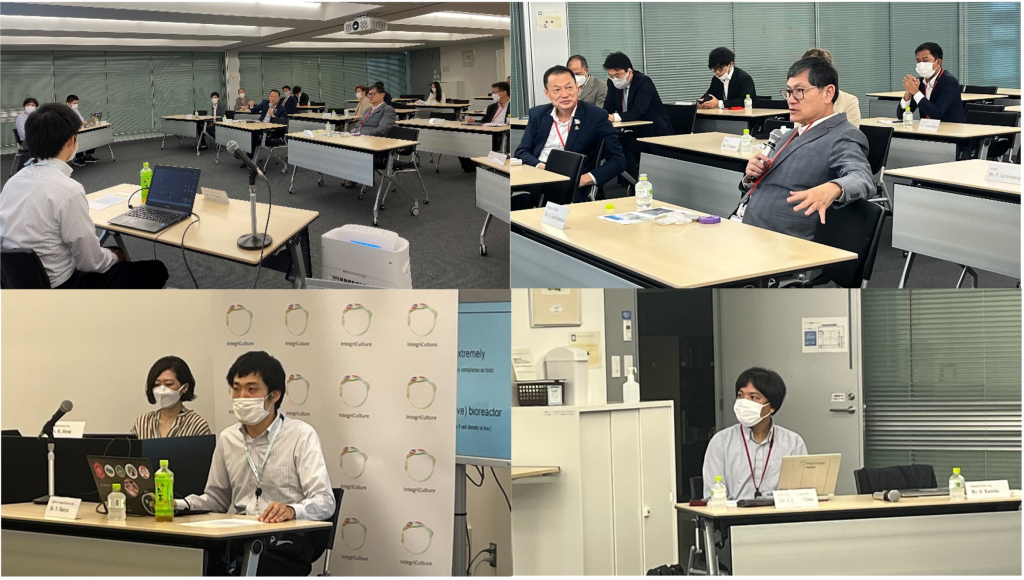 BUSINESS
BUSINESSIntegriCulture hosted the visit by Minister of Higher Education, Science, Research of Thailand and Thai’s CP Group
-
 BUSINESS
BUSINESSIntegriCulture’s skincare ingredient utilizing cellular agriculture technology “CELLAMENT” adopted in a new product of BASEPLUS
-
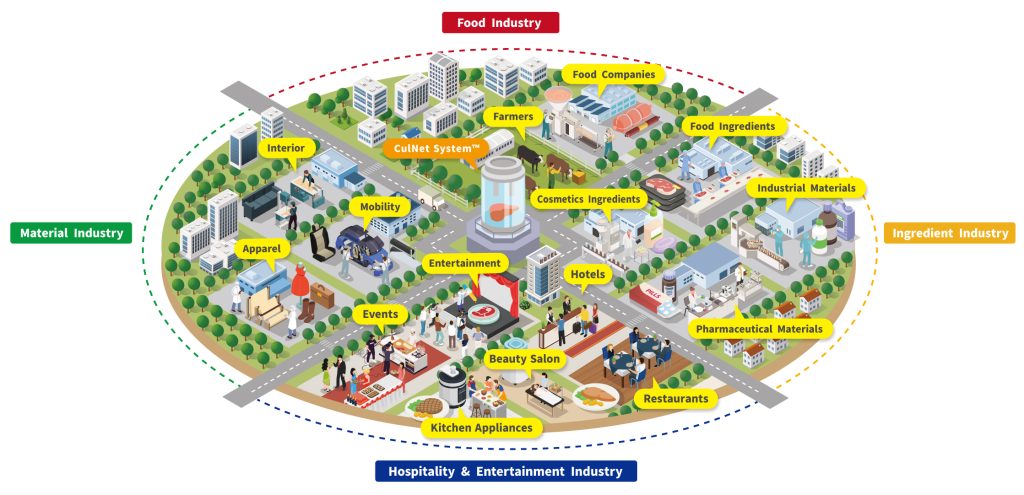 BUSINESS
BUSINESSIntegriCulture raises 7 million USD to build a sustainable and universally accessible cellular agriculture infrastructure
-
 BUSINESS
BUSINESSIntegriCulture Inc. commits to “Building a Sustainable Food System” in support of Tokyo Nutrition for Growth Summit 2021
-
 BUSINESS
BUSINESSIntegriCulture selected as a semifinalist for the $15M XPRIZE Feed the Next Billion competition
FUTURE
FUTURE BY
CELL-AG
How would we meet the growing demand for protein, without wrecking the planet?
IntegriCulture offers the cell-ag option.
What is your cell-ag vision for the future?
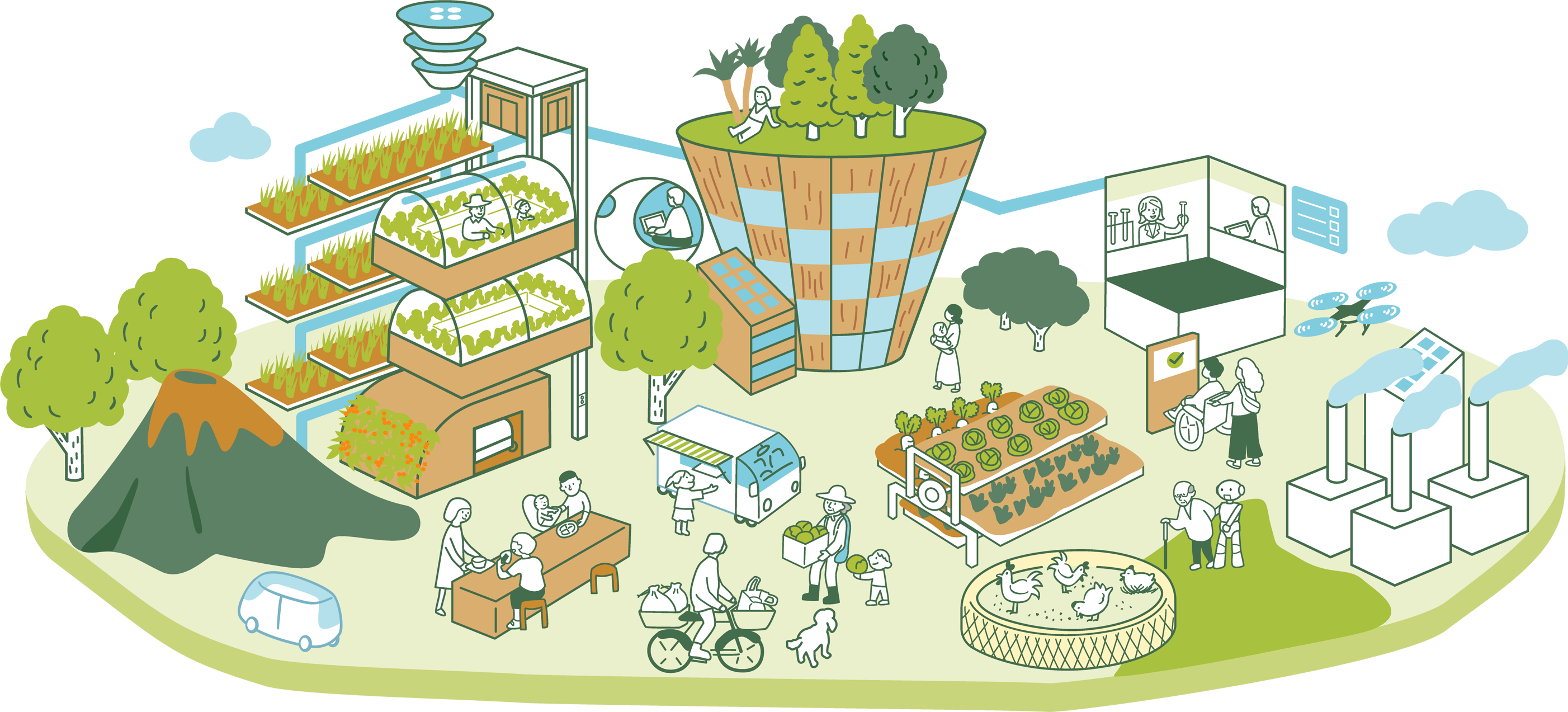
COMPANY
- COMPANY
- IntegriCulture Inc.
- CEO
- Yuki Hanyu
- Capital
- 100 million yen
- Date of establishment
- October 23, 2015
- Address
- 〒251-8555 Kanagawa Prefecture, Fujisawa City, Muraoka Higashi 2-26-1, Shonan Health Innovation Park, A32F-3111, Japan
- Business description
- · Research and development of cell culture systems
· Development of production technology for cultured food
· OEM/ODM of cosmetics and supplements
· Sales of consumables and equipment for cell culture
· Management of the cellular agriculture community - Affiliated Organizations
-
· Japan Bioindustry Association
· Japan Association for Cellular Agriculture
· APAC Society for Cellular Agriculture
“CellAg®” is a registered trademark No. 6672692
“CulNet®” is a registered trademark No. 6500778
“Cellament®” is a registered trademark No. 6234670
RECRUIT
We are looking for colleagues to work with us
We are seeking individuals who are interested in joining Integral Culture and working together with us. If you are interested, please apply.

